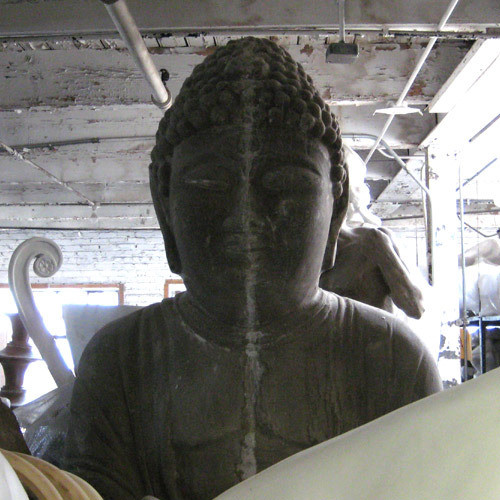

They are located near Datong in Shanxi province and they represent a specific kind of a temple.

The caves in Yungang are from the ancient Chinese period which celebrates Buddhism. People needed something to believe in and religion offered them a sense of purpose in life. “Thousands of temples and monasteries were built, and many people became monks and nuns”. The seated Buddha in Cave 20 in Yungang represents the element of faith of the Chinese people which was encouraged by the rulers. This religion was official and that is why it was promoted in art as well. “To the Chinese of the Six Dynasties, beset by conquest warfare and social devastation, Buddhism offered consolation in life and the promise of salvation after death”. Seated Buddha is located in open space and there is no protection around the figure today.īuddhism first appeared in India in the 5th century BCE and later it spread to central part of Asia. “Most Wei rulers were avid patrons of Buddhism, and under their rule the religion made its greatest advances in the north”. The Wei dynasty ordered for this figure to be carved because they respected tradition and were Buddhists. This colossal sculpture does not have many human characteristics and seems to be strong and severe looking. The face resembles a mask, the shoulders are strong and the drapery has central Asian style. This Buddha is easy to see from a great distance and has long ears and the traditional clothes which s Buddha wears. “The caves at Yungang in Shanxi Province in central China, contain many examples of the earliest phase of Buddhist sculpture in China, including the monumental seated Buddha in Cave 20. There are many examples of sculptures from this period in these caves. The cave 20 is one of the earlier caves in this location. The faces of the figures have been restored although they are not exactly the same as the original figures were. This material was partly destroyed by harsh weather, including strong wind and fluctuating temperatures. The sandstone rock served for carving of the details which can be seen in a perfectly shaped mandorla and robe of Buddha. The bottom parts of these figures are ruined because of the material which is soft and manageable for sculpting. There are holes in the wall which served to hold the shield made of wood that protected the Buddha. There is also another smaller Buddha behind the central figure.

The colossal Buddha from Cave 20, dated from the 5th century, has the height of 14m and is a remarkable example of art in China.


 0 kommentar(er)
0 kommentar(er)
